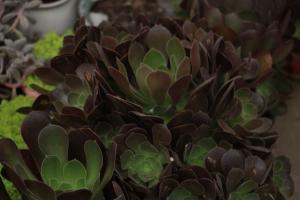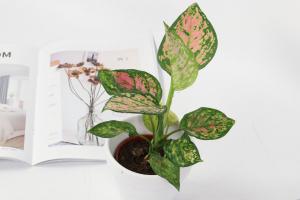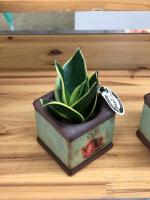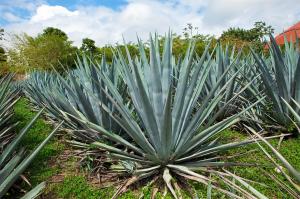1、 Curing method
1. Temperature: it is widely distributed in China, so it has strong adaptability to temperature. Generally speaking, it will grow better between 10 degrees and 30 degrees. In addition, it has certain cold resistance, but breeding in very northerly places needs to be cold proof

2. Light: Du Zhong likes sunshine. During its growth period, it needs to be in a place with sufficient astigmatism, but there can be no strong light. In summer, it has to be shaded, and the degree should be about 50% or 60%. In other seasons, you should also pay a little attention when there is strong light

3. Watering: Eucommia ulmoides likes humid environment, but it is also afraid of waterlogging. Therefore, the watering can be adjusted according to the climatic conditions. Generally speaking, it is best to keep it moist without ponding. In winter, you can't water too much

4. Fertilization: Eucommia ulmoides doesn't need much fertilizer. As long as there is enough nutrients in the soil, you don't need to apply too much fertilizer at ordinary times. Too much fat will do harm

2、 Breeding skills
1. Reproduction: seed reproduction can be used. Choose plump, fresh and shiny seeds, which are easier to germinate. It is suitable for sowing from November to December and from February to March. Before sowing, it needs 20 to 30 degrees of water to soak for a period of time, which can also improve the germination rate. Specifically, the method of "drill sowing" is more appropriate, and the row spacing can be between 20 and 25 cm. After sowing, a layer of grass should be covered to facilitate their germination

2. Pruning: the pruning of Eucommia ulmoides is mainly in spring, which is the work of picking the heart. Too dense leaves can also be disposed of slightly

3、 Problem diagnosis and treatment
1. Disease: the more common is "root rot", which is more common from June to August. Tobuzin and other chemicals can be used to control it. There is also "bacterial wilt", which can be treated with some fungicides, such as carbendazim

2. Insect pests: the main species are "beetle" and "leopard bark moth". The degree of harm will be more serious. It is necessary to eliminate their adults and clean their eggs at the same time

4、 Other issues
1. Toxicity: it is non-toxic. It is a kind of traditional Chinese medicine with medicinal value

2. Whether it can be raised at home: generally not, it is not an ornamental plant


 how many times do yo...
how many times do yo... how many planted tre...
how many planted tre... how many pine trees ...
how many pine trees ... how many pecan trees...
how many pecan trees... how many plants comp...
how many plants comp... how many plants can ...
how many plants can ... how many plants and ...
how many plants and ... how many pepper plan...
how many pepper plan...

































